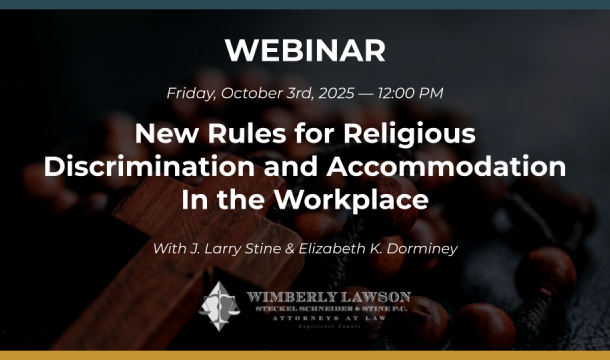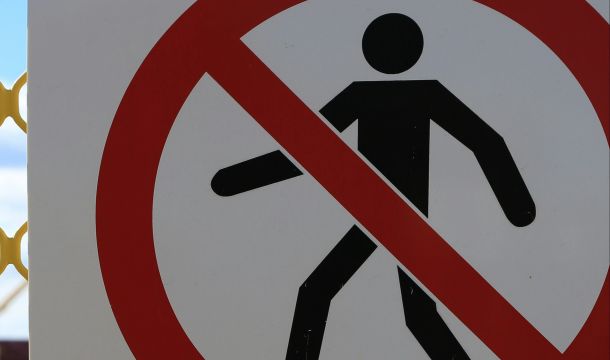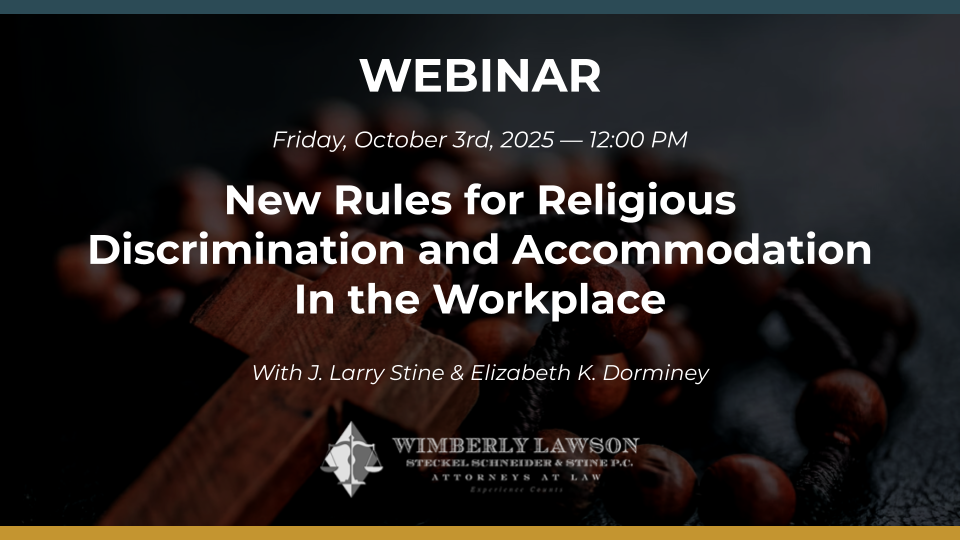The OSHA COVID-19 Vaccination and Testing Emergency Temporary Standard is Here — What You need to Know
The Biden Administration promised us a COVID-19 vaccine mandate, and today it arrived for private employers of 100 or more employees. [There is also a mandate for federal contractors and another for healthcare workers, but we are not going to talk about those in this post.]
The Occupational Safety and Health Administration (OSHA) issued an emergency temporary standard (ETS) that purports to minimize the risk of COVID-19 transmission in the workplace. This ETS applies to private employers with 100 or more employees firm- or corporate-wide.
The ETS requires covered employers to do the following:
- Develop, implement, and enforce a mandatory COVID-19 vaccination policy, with an exception for employers that instead establish, implement, and enforce a policy allowing employees to elect either to get vaccinated or to undergo weekly COVID-19 testing and wear a face covering at the workplace.
- Determine the vaccination status of each employee, obtain acceptable proof of vaccination from vaccinated employees, maintain records of each employee’s vaccination status, and maintain a roster of each employee’s vaccination status.
- Support vaccination by providing employees reasonable time, including up to four hours of paid time, to receive each primary vaccination dose, and reasonable time and paid sick leave to recover from any side effects experienced following each primary vaccination dose.
- Ensure that each employee who is not fully vaccinated is tested for COVID-19 at least weekly (if in the workplace at least once a week) or within 7 days before returning to work (if away from the workplace for a week or longer). Boosters are not currently required.
- Require employees to promptly provide notice when they receive a positive COVID-19 test or are diagnosed with COVID-19.
- Immediately remove from the workplace any employee, regardless of vaccination status, who received a positive COVID-19 test or is diagnosed with COVID-19 by a licensed healthcare provider, and keep the employee out of the workplace until return to work criteria are met.
- Ensure that each employee who is not fully vaccinated wears a face covering when indoors or when occupying a vehicle with another person for work purposes, except in certain limited circumstances.
- Provide each employee with information, in a language and at a literacy level the employee understands, about the requirements of the ETS and workplace policies and procedures established to implement the ETS; vaccine efficacy, safety, and the benefits of being vaccinated (by providing the CDC document “Key Things to Know About COVID-19 Vaccines”); protections against retaliation and discrimination; and laws that provide for criminal penalties for knowingly supplying false statements or documentation.
- Report work-related COVID-19 fatalities to OSHA within 8 hours of learning about them, and work-related COVID-19 in-patient hospitalizations within 24 hours of the employer learning about the hospitalization.
Deadlines:
- December 5, 2021: Employers must have their compliance program in place, offer paid time off for vaccinations, and require unvaccinated workers to wear masks.
- January 4, 2022: The deadline for workers to be vaccinated or start being tested.
Penalties for non-compliance:
This ETS is enforced by OSHA. Each “serious” violation of the standard could result in a maximum fine of $13,653. The cap for willful or repeat violations is $136,532. However, the Build Back Better Act, if it becomes law, would raise maximum fines for all OSHA rules to $70,000 for serious violations and $700,000 for willful or repeat violations.
Other items of interest:
Note that where an employee chooses to remain unvaccinated, the ETS does not require employers to pay for the costs associated with regular COVID-19 testing or the use of face coverings. In some cases, employers may be required to pay testing and/or face covering costs under other federal or state laws or collective bargaining obligations, and some may choose to do so even without such a mandate, but otherwise employees will be required to bear the costs if they choose to be regularly tested and wear a face covering in lieu of vaccination.
The ETS states that it preempts state and local laws governing COVID vaccinations and precautions.
This is a temporary standard (it will expire in 6 months), and it may be subject to change. Furthermore, we expect many challenges to the standard and OSHA’s authority to issue it. Stay tuned for further developments.

Kathleen J. Jennings is a former principal in the Atlanta office of Wimberly, Lawson, Steckel, Schneider, & Stine, P.C. She defends employers in employment matters, such as sexual harassment, discrimination, Wage and Hour, OSHA, restrictive covenants, and other employment litigation and provides training and counseling to employers in employment matters.
Related Content
Get Email Updates
Recent Content
Trump Nominates Appointments to NLRB and EEOC but Policy Changes Likely to Be Delayed

New Rules for Religious Discrimination and Accommodation In the Workplace

TPS Update (as of 9/3/2025)

DOL To Shut Down OFCCP and Transfer Duties to EEOC

Meaning of Supreme Court Ruling Limiting Nationwide Injunctions in Birthright Case




